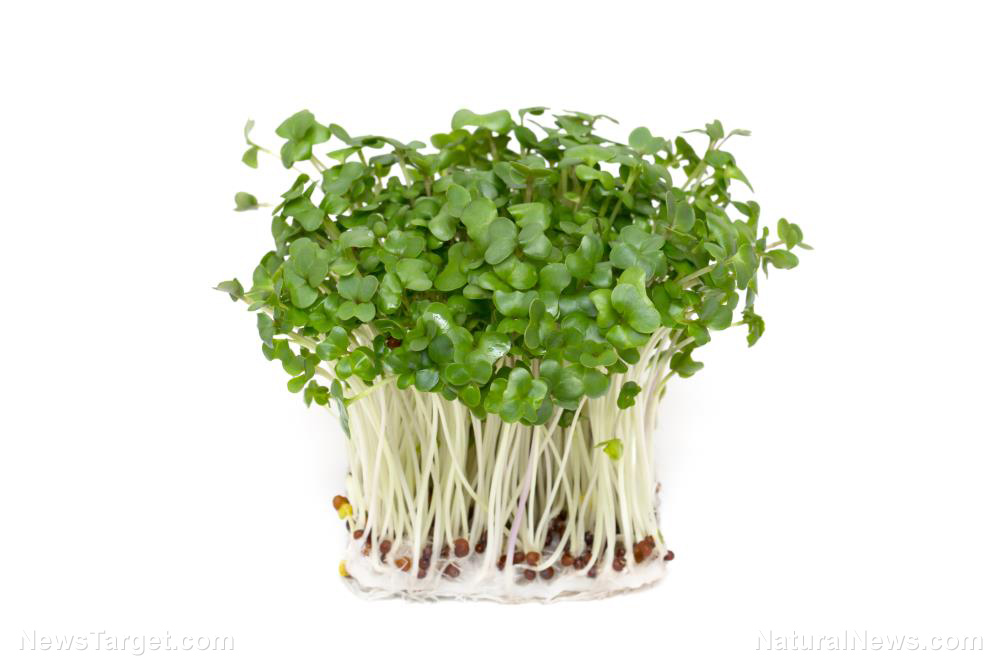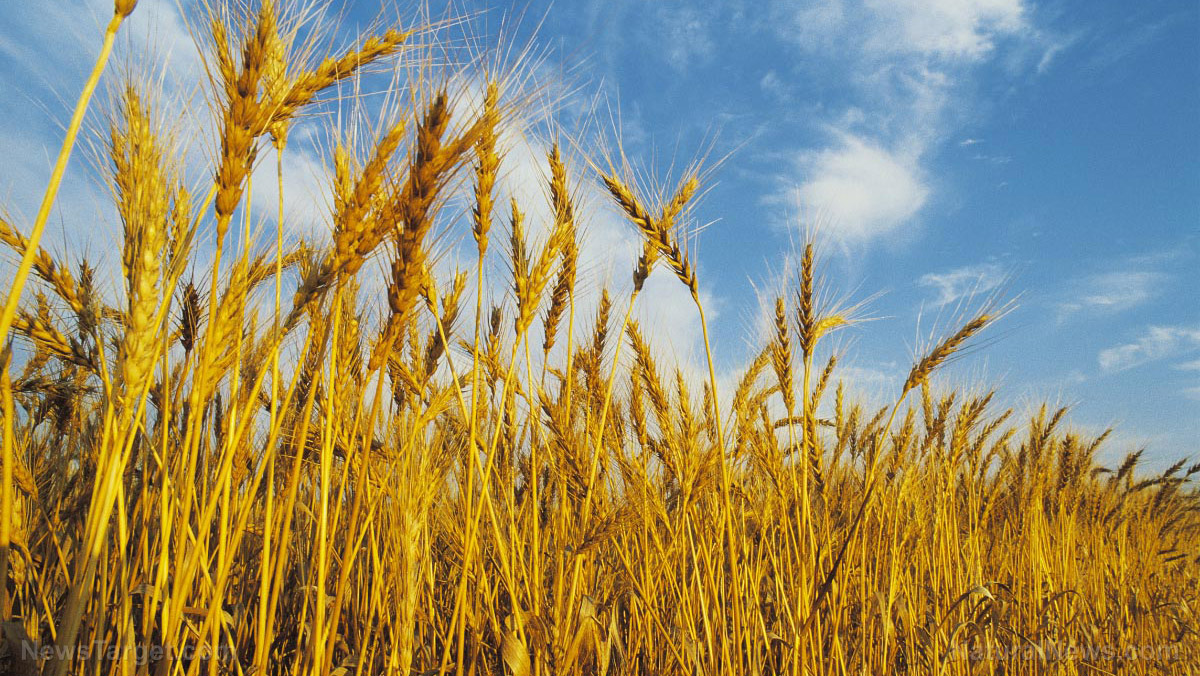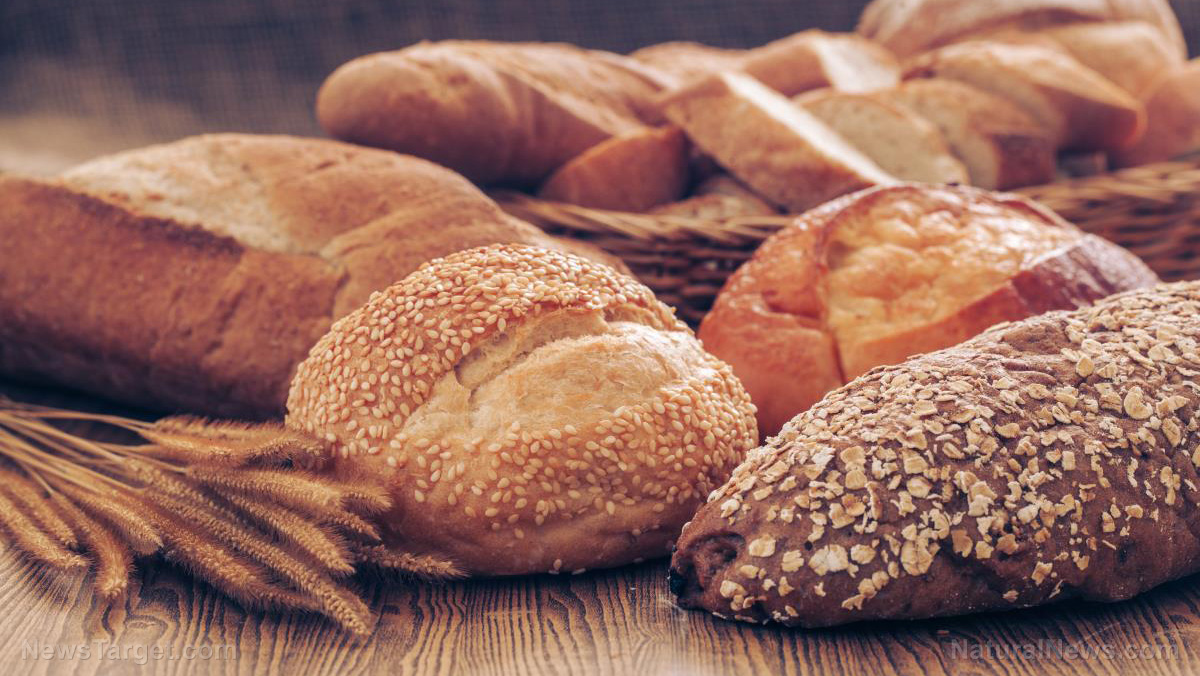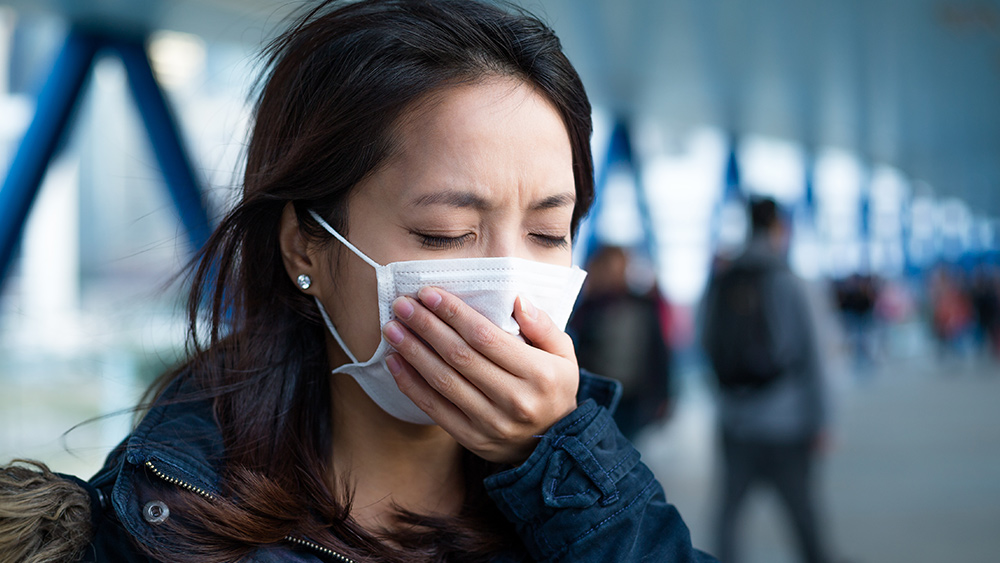Safe sprouting starts with choosing the right seeds – here’s how
03/29/2020 / By Zoey Sky

Sprouts are easy to grow and they’re full of nutrients, but interested home gardeners need to know how to sprout safely to avoid contracting any foodborne illnesses.
While sprouts are considered superfoods, some reports have shown that eating commercially grown sprouts have made people sick.
Since sprouts are sometimes eaten raw, they are susceptible to carrying bacteria. If you prefer eating cooked sprouts like beans or grains, you have nothing to worry about since the heating process destroys any pathogens that may be present on them.
These reported cases involve the consumption of sprouts purchased from large sprouting operations. While store-bought sprouts go to through several processed and are handled by different people, home sprouting is a different case.
Growing sprouts at home give you total control over every aspect of the sprouting process: from growth, storage and to the tools and ingredients used. This is the main reason why home sprouting isn’t considered dangerous compared to the consumption of raw store-bought sprouts.
To ensure that your sprouts are safely grown and prepared, you need to learn how to choose the rights seeds and the proper sprouting techniques.
The tips detailed below will teach you how to grow sprouts that you can safely eat raw.
Use certified organic seeds
Organic certification ensures that seeds are grown and handled properly to minimize possible sources of contamination. To illustrate, manure used in organic fields is composted for a long time because composting helps reduce or eliminate pathogens in manure.
Organic farmers are required to use bird- and rodent-proof storage for seeds that will be used for sprouting.
Use food crop seeds
You can’t use random seeds for sprouting. When buying seeds, look for seeds that are handled as a food crop and not as farm planting seed crop.
The latter may have been in contact with animals or animal waste and contaminated with salmonella or E. coli that may cause food poisoning.
Use clean water
Besides seeds, you need clean water to grow sprouts. Use clean, filtered water for both soaking and rinsing. (Related: Sprouting 101: A quick and easy guide to get you started.)
Avoid standing water
Sprouting equipment promotes proper airflow. Besides the initial soaking period, sprouts must be kept moist. However, you also need to avoid standing water in the sprouting container.
Rinse seeds frequently
Seeds like grains and legumes add starch and other components to the soaking and sprouting water, which is why you need to rinse sprouts thoroughly at least every 12 hours.
If you’re growing sprouts using beans that will not be cooked, you must rinse every six hours, especially during warmer temperatures.
Be careful when sprouting during warm, humid periods
Humidity and warmth can breed bacteria, but giving sprouting seeds proper airflow and rinsing them frequently should do the trick.
Prevent mold and fungus issues with proper spacing and hydrogen peroxide
Fungi such as mold can ruin a batch of your sprouting seeds, and it is often caused by too much moisture or trapped humidity combined with heat.
Prevent mold growth by making sure your seeds aren’t bunched together tightly. Spread seeds evenly in a single layer.
If fungal issues still occur, address them by spraying with a diluted hydrogen peroxide (H2O2) solution. Add a teaspoon of regular strength H2o2 (at least three percent) per gallon of water.
Keep seeds dry during storage
Don’t wash sprouts before refrigerating them. It’s better to wait until the sprouts are nearly ready for another rinse before putting them in the fridge.
During the storage period, ensure proper airflow to the sprouts to prevent moisture from building up.
Consume stored sprouts within several days
Once refrigerated, sprouts must be consumed within five to seven days. Sprout small batches of seeds so you can consume them while they’re still fresh.
Keep these tips in mind so you can grow fresh sprouts that are nutritious and safe to eat raw.
Sources include:
Tagged Under: clean food, emergency food, food supply, home gardening, homesteading, how-to, organics, seed sprouting, sprouting, sprouts, survival, vegetables, veggie



















